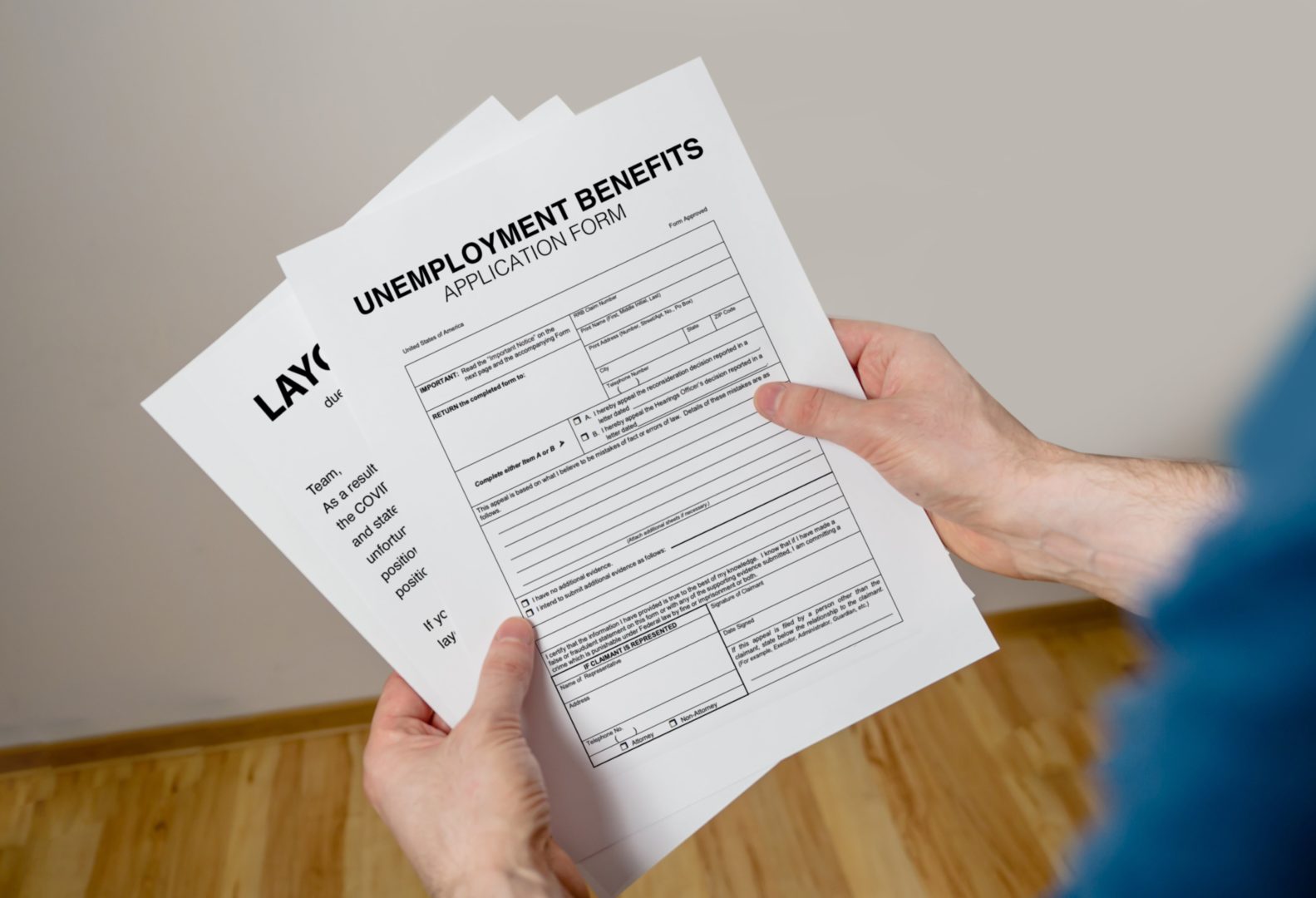It’s a scary time for everyone, from essential workers forced to take precautions to continue doing their jobs (while staying safe) to employees working for companies required to close after being deemed nonessential by their state. Many companies have found it necessary to furlough employees with the expectation of having them return to work, while many others are restructuring or closing and have had to layoff workers.
At this time, you might be wondering what the difference is between a furlough and a layoff? And what are your rights and entitlements under each?
Furloughs and Layoffs Defined
A furlough is “a temporary layoff from work” and is considered an alternative to layoff. When an employer furloughs their employees, it requires them to work fewer hours or to take a certain amount of unpaid time off. The employer's goal is to have all employees share in company cutbacks, rather than subject the entire workforce to layoffs. People who are furloughed usually return to their job after the furlough period has ended, even if it gets extended. A furlough can, however, turn into a layoff.
A layoff is generally intended to be a temporary separation from payroll, but in a crisis climate, layoffs can quickly turn into reductions in force. In a normal economy, employees may be laid off because there is not enough work for them, but the employer may believe this will change and intends to recall the employees when work becomes available. What can be confusing, especially right now, is that some employers use "layoff" as a synonym for a permanent separation.
The best guideline for you to follow if you are furloughed or laid off is to treat it as a permanent situation, file for unemployment benefits, and immediately start looking for another job. Learn more about how to navigate your unemployment benefits.

How Does A Furlough or Layoff Affect Benefits and Unemployment?
During furloughs, your employee benefits, like medical insurance, usually continue. Most furloughed employees can apply for unemployment benefits, depending on unemployment insurance laws in your state.
With layoffs, your benefits generally end either on the last day of work or at the end of the month. However, you can pay monthly and keep the same benefits through COBRA for 18 months after your employer-sponsored benefits end. You can (and should) immediately file for unemployment if you've been laid off.

How Much Will Unemployment Benefits Increase?
In early April, Congress passed the Coronavirus Aid, Relief, and Economic Security (CARES) Act. This bill was a response to businesses closing in an effort to stop the spread of COVID-19. It provides $2.2 trillion to help businesses and individuals weather the economic storm. Its goal is to provide a bridge for the economy, as people work from home, are furloughed (without pay), or lose their jobs altogether.
The CARES Act also provides emergency money to states to fund another $600 per week in unemployment payments. This money is in addition to your regular weekly unemployment payments. These payments will be available from the time a worker lost his or her job until July 31. It also funds an additional 13 weeks of payments from states, which typically cap unemployment benefits between 12 and 30 weeks.
